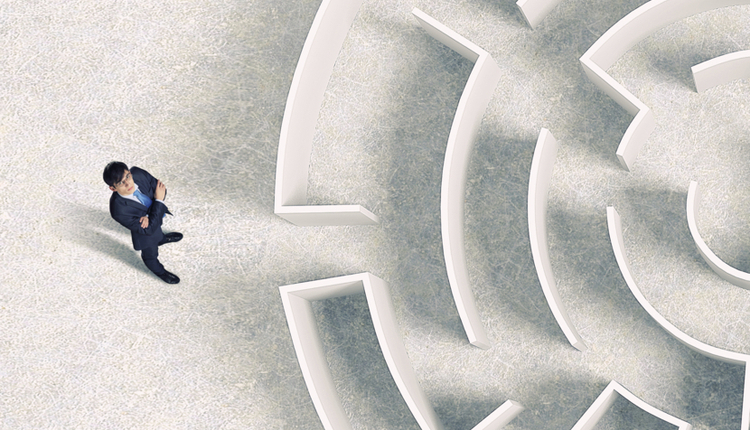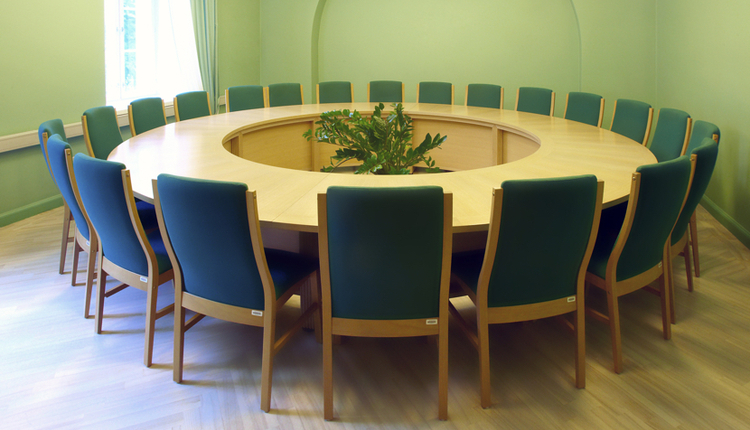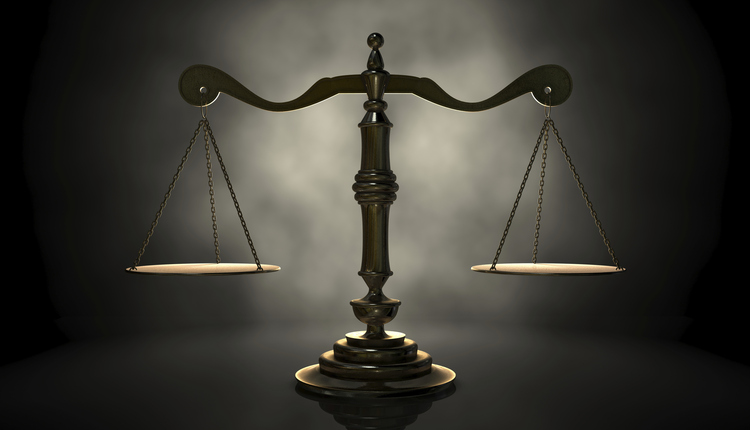
Wellness has become a catch-all for everything from submerging oneself in cold water to lying like a vegetable under the red hue of a light. With big stakes (read: big money, big influencers, big marketing) in the recovery game, it’s easy for personal trainers to find ourselves repeating messages we’ve gathered from propaganda. We owe it to the integrity of our industry, our clients and our own well-being to take a step back and ask the 6.3 trillion dollar question: why?

 Ready to give cold plunging a try? We have worked out a deal with Echelon Fitness, a leader in connected fitness solutions and Recovery, to give personal trainers $500 off the price of the Echelon Smart Cold Plunge Pro (1.0 HP), the product featured in this article. Your exclusive code is PFP500.
Ready to give cold plunging a try? We have worked out a deal with Echelon Fitness, a leader in connected fitness solutions and Recovery, to give personal trainers $500 off the price of the Echelon Smart Cold Plunge Pro (1.0 HP), the product featured in this article. Your exclusive code is PFP500. Brook Benten, M.Ed., ACSM-EP is a fitness and wellness spokesperson based out of Austin, TX. She has authored three books, including a memoir, “Sweat with Brook Benten,” and well-being book, “10 Minutes to Slim & Sober.” 10 Minutes guides readers to create a life they don’t have to escape from. Brook is the host of the More Than Sweat podcast and a recurring guest on the Tri Swim Coach podcast. Follow her on IG: @BrookBenten.
Brook Benten, M.Ed., ACSM-EP is a fitness and wellness spokesperson based out of Austin, TX. She has authored three books, including a memoir, “Sweat with Brook Benten,” and well-being book, “10 Minutes to Slim & Sober.” 10 Minutes guides readers to create a life they don’t have to escape from. Brook is the host of the More Than Sweat podcast and a recurring guest on the Tri Swim Coach podcast. Follow her on IG: @BrookBenten.
Over the next few months, we’ll be taking several recovery products under the microscope. We’ll explore what we know, what we don’t know, and the bottom line. Cold plunges are up first.
What We Know
Cold plunging is nothing new. Cold application was used for treating skin irritations as early as 3500 BCE in ancient Egypt. Hippocrates, the “Father of Medicine,” used cold water immersion for medicinal purposes and relaxation in 400 BCE ancient Greece. In modern times, Wim Hof, “The Iceman,” credits cold therapy, breathing and mindfulness as his triune method for physical and mental health. Hof is just one example of modern-day influencers preaching the benefits of the brrrrrr.
We know that heart rate and blood pressure drop within the first few seconds to minutes of a cold plunge. Blood vessels are constricted and blood flow to the areas submerged under the cold water is decreased. Because of this, we know that cold therapy reduces inflammation. Inflammation is a cause of pain in joints and tissue. While in the cold plunge, pain in areas burdened by inflammation will lessen or go away.
Studies have shown that cold water therapy can reduce the degree of exercise-induced muscle damage. That means that if you lead your client through a challenging Zone 5 HIIT session, power endurance circuits, high volume intensity training, or heavy strength session and you’d like them to be able to train with you again 24-48 hours later, you may consider having them submerge at least the limbs that were taxed in your session in a cold plunge after your session. Research shows that it helps to restore readiness for physical activity that next day.
A major draw to cold water immersion is that it stimulates the sympathetic nervous system and gives an energy boost. Then, as the body adjusts to the cold, the vagus nerve is activated. The vagus nerve relaxes the body after it has been under stress. As this adaptation happens, parasympathetic activity increases.
Cold exposure releases norepinephrine. Norepinephrine is a hormone that can turn a frown upside down (boost mood) and also improve focus. Cold water immersion triggers the release of dopamine, serotonin, epinephrine, and endorphins which are excitatory benefits.
Even if cold plunge education is new to you, you already knew this next benefit. (You just may not have known that you know.) Doing hard things begets doing hard things. Our brain perceives how difficult tasks are based on the data we give it. When we place our bodies in cold water, we learn to endure something uncomfortable. The longer we stay in the water (to a limit), we get comfortable with being uncomfortable. That teaches our brains that we can approach and take action on difficult tasks. That oh-so-vital organ then gives the go-ahead to do other hard things because of the validation that was established by approaching, taking action and successfully completing a cold plunge.
What We Don’t Know
There are some claims about cold plunging that may be real benefits, but maybe not.
We don’t know if cold plunging aids weight loss. When the body is cold, the autonomic nervous system knows to conserve heat. This is a metabolic process (it requires energy). Brown fat, a type of adipose tissue that we only have in trace amounts as humans, uses glucose and fatty acids to help keep our bodies toasty. If other factors stay the same, a person will create a daily caloric deficit by adding the practice of a cold plunge for up to five minutes. For overweight and obese clients, this may be a step in aiding weight loss without dialing up movement plans beyond what your exercise prescription already entails. (We know cold plunge is not a replacement for exercise!) A cold plunge only lasts a few minutes. The energy cost may not be significant enough to move the needle on the scale.

Courtesy of Brook Benten
Benten finds that relaxing in a cold plunge in the evenings helps her to rest soundly. She expands on
this in Season 3, Episode 6 of the “More Than Sweat” Podcast: The Sleep Episode.
Cold plunging may aid sleep. More research is needed on this to measure whether or not improved sleep is actual or anecdotal. Plenty of people believe that cold therapy has enhanced this outcome. I am one of them. I take a 3-5 minute dip in my Echelon Smart Cold Plunge in the evenings. I believe it has helped me to fall asleep faster. I also feel stress reduction and peace, which seems to help ward off bad dreams
Some posit that cold plunging may defy signs of aging. Probably not. Constricted blood vessels while cold plunging will temporarily enhance skin’s appearance. During and slightly after cold plunging, reduced puffiness, tightened pores and possibly a brighter complexion from boosted circulation are all reasonable expectations. Long-term improvement in skin appearance is unlikely to be a direct benefit of cold plunging. That said, for twenty years, yours truly has splashed her face with cold water after washing it with hot water every time she’s washed her face in hopes that the cold finish may improve complexion.
Cold plunging may dial up your body’s natural defenses. Cold water exposure may strengthen your immune system. The amount of contribution of cold plunge vs. other epigenetic factors is to be discovered. Physiologists should be careful not to conflate biomarkers with actual illness. To date, some studies have shown positive effects of cold water on immune function. Others have been inconclusive. Some trusted experts, like human biologist, biohacker, and longevity researcher Gary Brecka, believe that cold plunging enhances immune function. Others, like Peter Attia, M.D., believe that the effects of cold exposure therapies on immune function are likely small.
The good thing is that we know what you are already doing with your clients, guiding them through physical fitness sessions, is improving their immune system. Adding a cold plunge may be an extra boost.
The Bottom Line
Cold plunging has upsides. Although we cannot definitively back all of the claims attributed to it, we also believe that more benefits may exist than we even know at this time.
There do not seem to be downsides, besides uncomfortability (which isn’t a bad thing; we’re living in a day and age where people are comfortable to a fault), duration concerns for some special populations (those with heart disease, low body fat who lose heat rapidly, older adults, those with cold hypersensitivity and those on certain medications), and the risk of hypothermia (decrease in core body temperature below 35 degrees Celsius) for the general population when exposure time is excessive.
For starting a cold plunge practice, set the water temperature to mid-50s. As the nervous system acclimates to the routine, gradually drop by 1-5 degrees. One to five minutes should be an ideal time spent in the plunge, with the lower end recommended for special populations listed in parenthesis in the paragraph above. Repeat the process as frequently as daily!


Are you a Personal Fitness Professional (PFP) subscriber? If not, sign up today! It's free!















